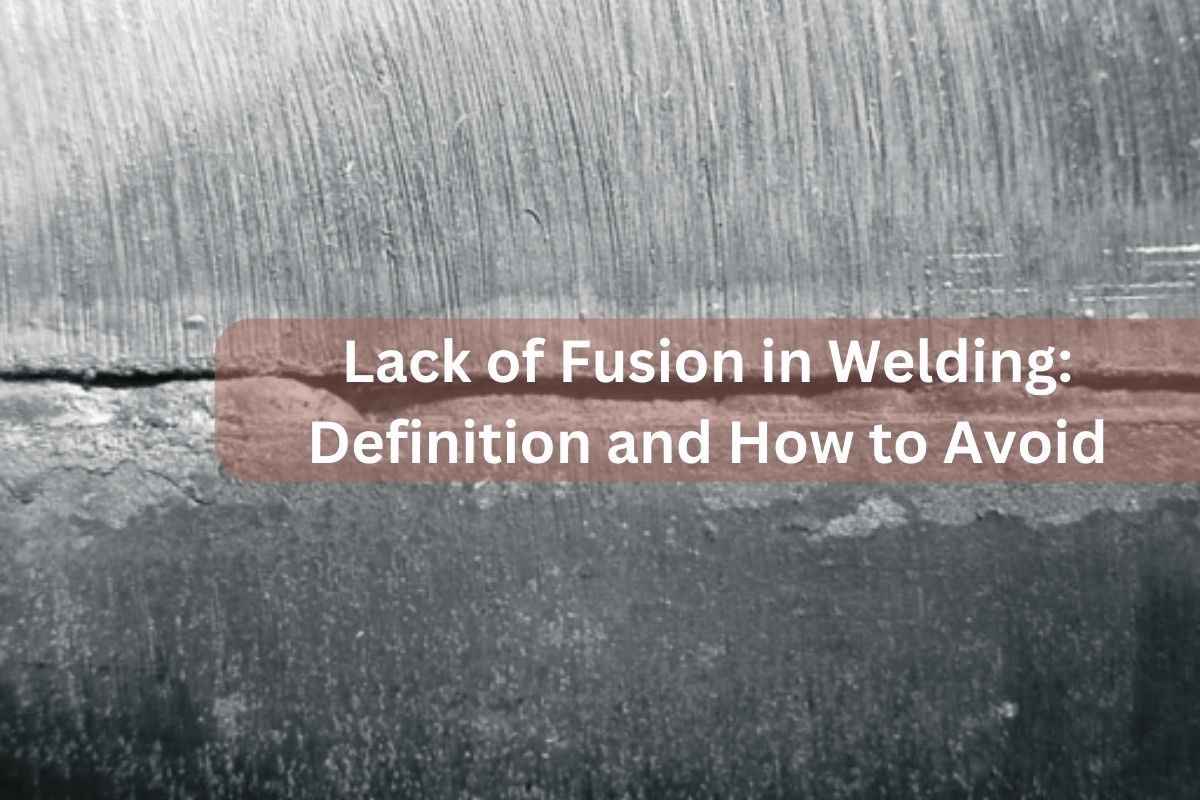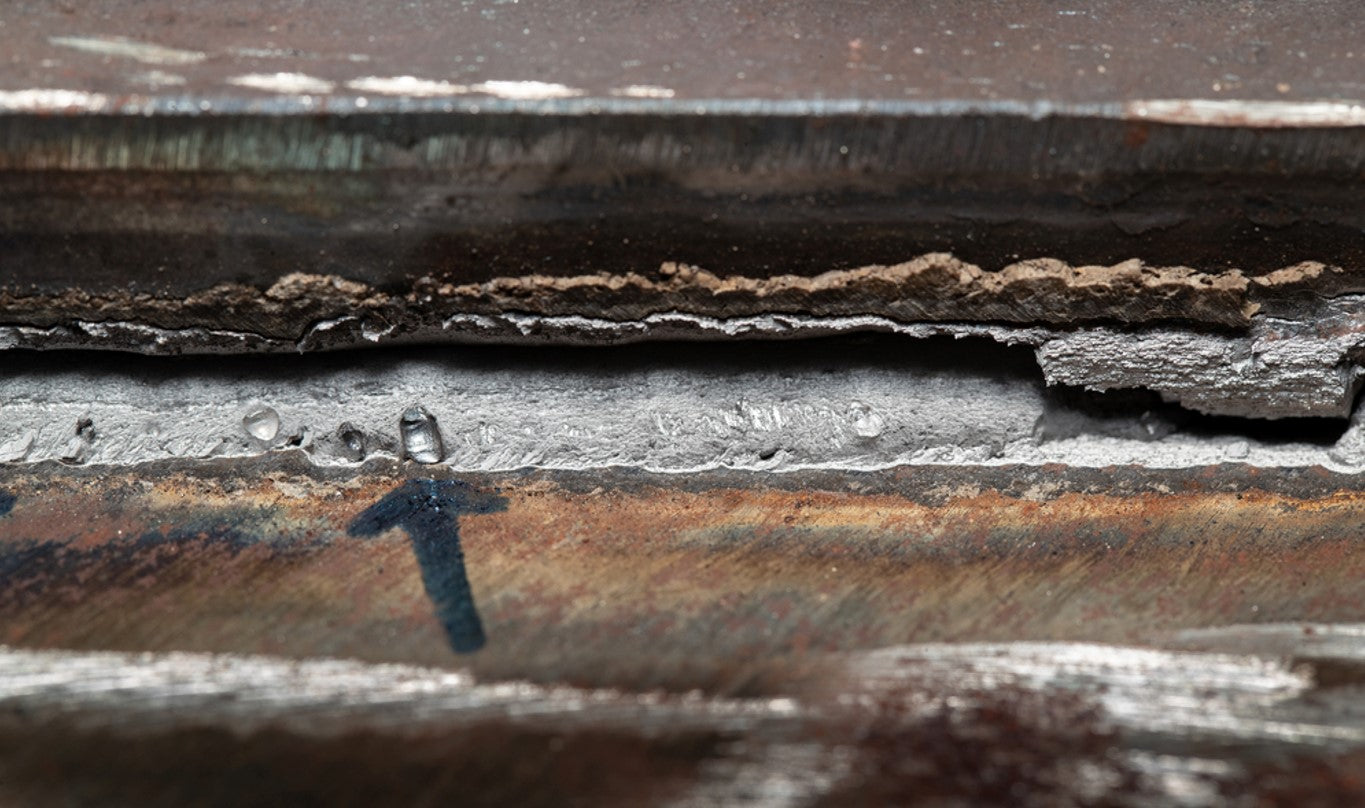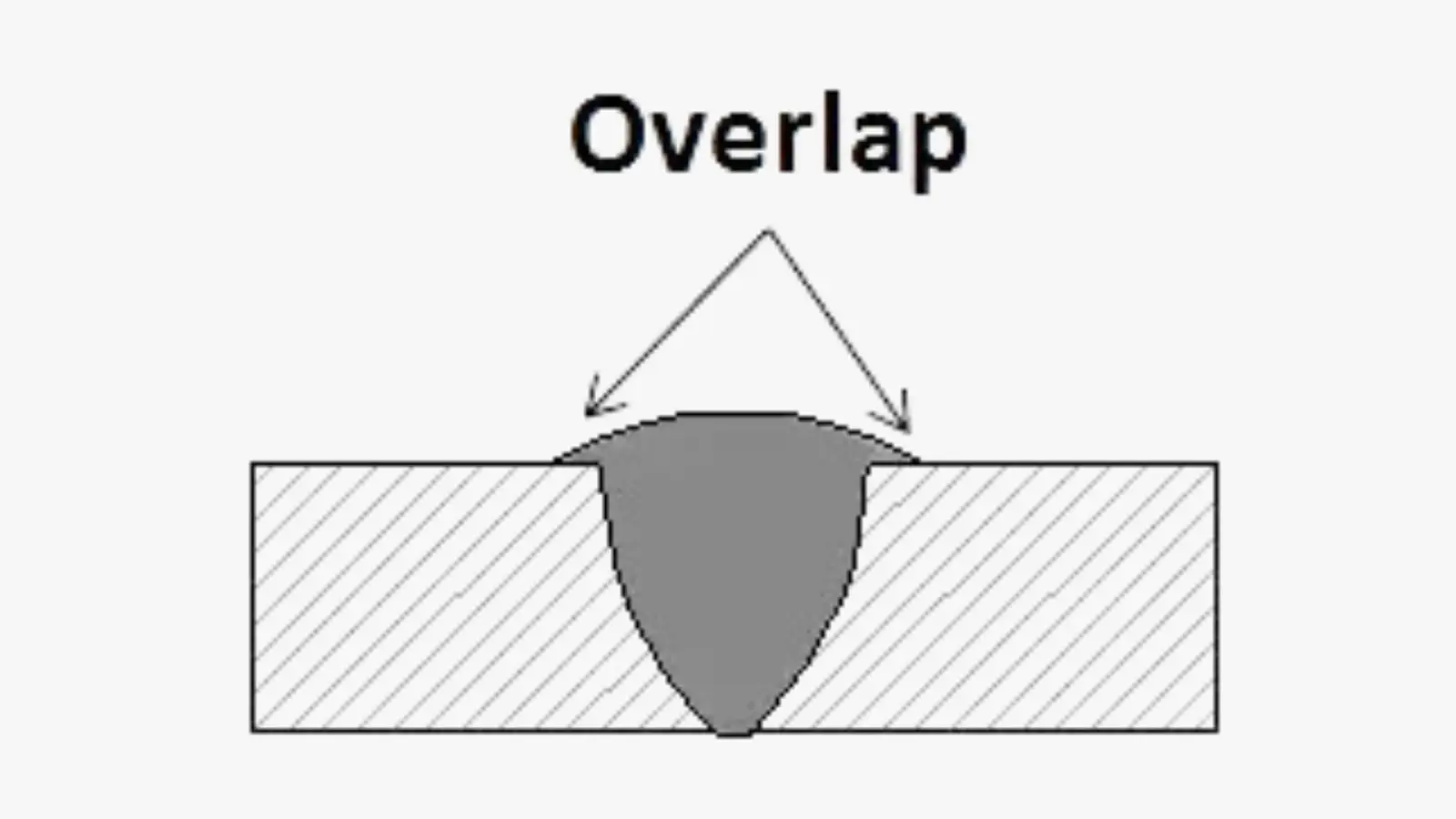A Comprehensive Guide to Identifying, Fighting, and Fixing Undercut Welding Problems in Your Welding Tasks
In the world of welding, running into undercut problems is a typical challenge that can endanger the architectural integrity and overall top quality of your welding tasks. Comprehending the root creates behind undercut welding, having the ability to precisely spot it in your welds, and implementing reliable preventative procedures are essential skills for any welder. In addition, having the expertise and techniques to remedy undercut problems when they do occur can make a significant difference in the final end result of your welding ventures. Keep tuned as we check out the important parts of identifying, protecting against, and taking care of undercut welding problems, offering you with beneficial understandings and techniques to elevate your welding skills to the following degree.
Usual Reasons For Undercut Welding
Undercut welding, a common concern in welding processes, can be created by numerous factors that need to be carefully identified and addressed to guarantee the stability of the weld joint. One of the main reasons of undercut welding is too much heat input.
One more common reason for undercut welding is inappropriate welding technique. Inadequate control of the welding lantern or gun, inaccurate angle or distance between the torch and the work surface, or inconsistent travel rate can all add to the development of undercut. Furthermore, utilizing the wrong welding consumables or electrode dimension for a certain joint arrangement can cause undercut problems. Recognizing these root triggers and executing restorative steps is important in preventing and rectifying undercut welding troubles in welding projects.
Identifying Undercut in Welds

To determine undercut properly, proper illumination and magnification tools are vital to evaluate the weld joint completely. Making use of devices such as a welding scale or a magnifying glass can aid in finding also the tiniest undercut blemishes. Furthermore, running a finger or a fingernail along the weld joint can often expose undercut, as the surface area might really feel unequal or have a dip where the undercut exists.
Safety Nets for Undercut
Having a deep understanding of the causes of undercut in welds permits the application of effective safety nets to keep weld quality and honesty. One essential preventative action is proper weld joint prep work. Making certain that the sides are tidy, devoid of impurities, and appropriately beveled can considerably lower the possibility of undercut (Preventing weld undercut). In addition, selecting the appropriate welding specifications, such as voltage, existing, and take a trip speed, is important. These settings must be optimized to stop too much warm input, which can lead to damage development.

Strategies for Dealing With Undercut

To attend to undercut concerns successfully, welders can utilize certain techniques focused on fixing the problem and restoring the integrity of the weld joint. One method is to adjust the welding criteria, such as the voltage, current, and travel speed, to guarantee appropriate warmth input and combination. Boosting the welding existing or lowering the travel rate can help fill out the undercut. Furthermore, changing the welding technique from a press to a drag or vice versa can additionally help reduce undercut.
An additional technique is to utilize a weaving movement while welding to guarantee correct sidewall fusion and fill in the undercut. By oscillating the welding arc from side click to read more to side within the weld joint, the welder can transfer more filler material right into the undercut areas, efficiently removing the flaw.
Additionally, grinding out the undercut and rewelding the joint can be a practical remedy for more serious undercut issues - Preventing weld undercut. This process entails removing the undercut section, preparing the base steel, and after that rewelding the joint with More Info correct welding parameters and strategies to avoid undercut from returning

Professional Tips for Preventing Undercut
Using correct welding strategies and keeping control over crucial welding parameters are crucial methods for welders intending to stop undercut in their weld joints. Additionally, choosing the ideal welding procedure and filler steel for the particular application can help stop undercut. Maintaining a consistent traveling speed during the welding process is an additional vital pointer to avoid undercut.
Verdict
To conclude, determining, stopping, and dealing with undercut welding troubles in your welding jobs is essential for ensuring solid and long lasting welds. Preventing weld undercut. By understanding the common root causes of undercut, having the ability to recognize it in welds, applying preventive measures, and making use of correct methods for repairing undercut, you can stay clear of prospective issues and create high-grade welds. Adhering to expert suggestions for staying clear of undercut can aid you enhance your welding skills and create much better lead to your projects
Undercut welding, a common problem in welding processes, can be caused by various elements that need to be thoroughly identified and addressed to ensure the stability of the weld joint. In addition, running a finger or a finger nail along the weld joint can in some cases disclose undercut, as the surface area might really feel irregular or have a dip where the undercut exists.
Making use of appropriate welding strategies and keeping control over essential welding specifications are vital techniques for welders aiming to prevent undercut in their weld joints.In verdict, recognizing, stopping, and repairing undercut welding problems in your welding like it projects is crucial for making certain solid and resilient welds. By recognizing the typical causes of undercut, being able to recognize it in welds, executing preventative measures, and utilizing correct techniques for dealing with undercut, you can stay clear of potential problems and produce high-grade welds.